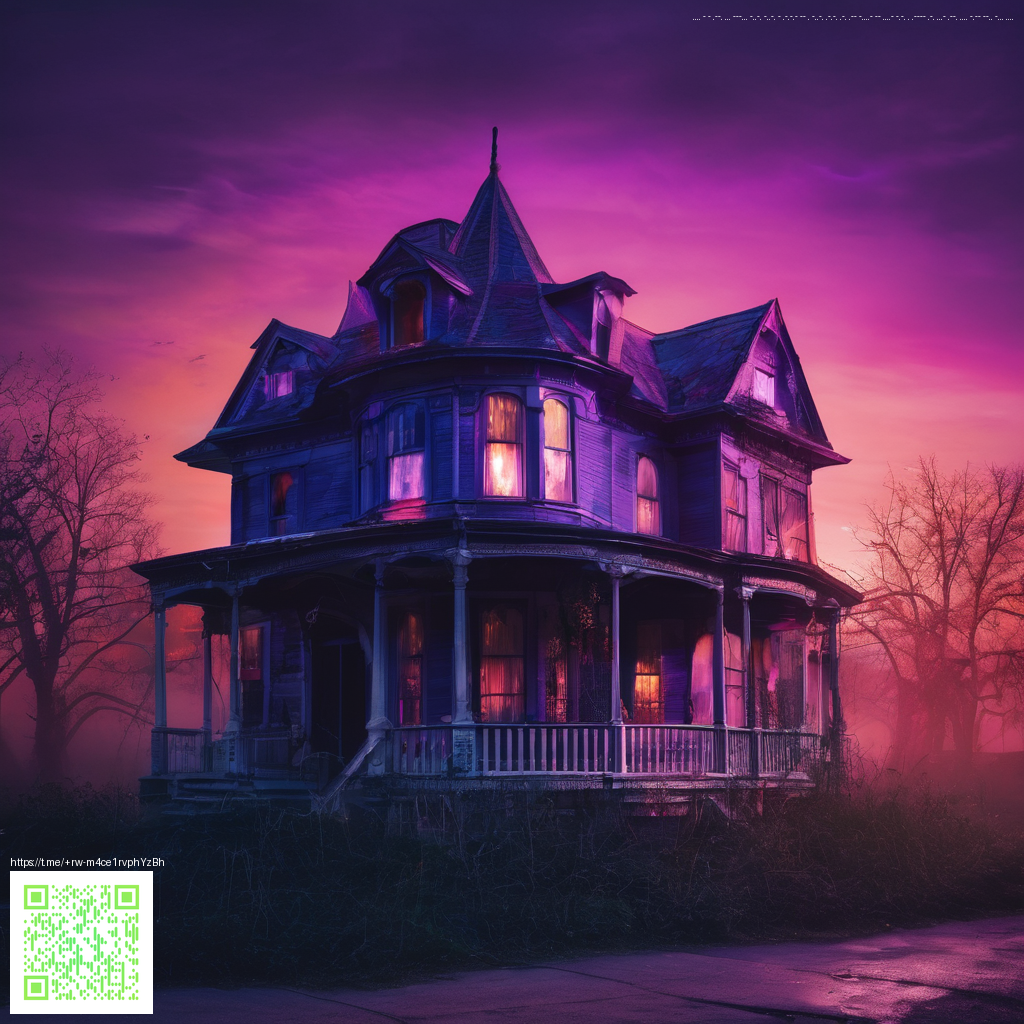
Creating Embellishments That Elevate Your Digital Scrapbooks
In digital scrapbooking, embellishments are the little accents that tell a story. From glittery overlays to vintage textures, well-crafted elements can transform a page from flat to dynamic. The craft blends a designer’s eye for color, composition, and texture with practical steps that keep your files clean and your workflow efficient. When you approach embellishments with a clear plan, every shape, swoosh of color, and whisper of shadow serves a purpose—guiding the reader's attention and enriching the narrative you’re weaving across the page.
Workspace matters almost as much as software when you’re building a cohesive kit of embellishments. A stable surface and reliable tools reduce fatigue and increase precision during long editing sessions. For those who spend hours refining edges, textures, and layers, a non-slip surface is a quiet hero. Consider a product like the Non-Slip Gaming Mouse Pad 9.5x8in with Anti-Fray Rubber Base. It keeps your mouse exactly where you want it, so you can fine-tune placements and tweak details without constant readjustment. This kind of practical setup complements your digital toolkit and helps you translate paper-and-ink sensibilities into vibrant screen-based embellishments.
Palette and texture: laying the groundwork
Start with a deliberate palette. Choose a core trio or quartet of colors that echo your project’s mood—soft pastels for memory-keeping pages, bold primaries for energetic layouts, or earth tones for vintage collections. Then layer textures to create depth: subtle paper grains, fabric weaves, or nautical damask can all act as authentic backdrops for digital elements. When you pair textures with your chosen palette, you build a believable environment where every embellishment feels anchored rather than floating.
- Collect a small, cohesive kit of textures and patterns that share a common era or theme.
- Design multiple embellishment shapes—labels, banners, florals, and frames—that can be mixed and matched.
- Use soft shadows and gentle glows to separate elements from the background without overpowering photos.
- Favor transparent exports (PNG) to ensure versatility across pages and projects.
“The magic happens when texture and color work together to tell a story. Subtle embellishments should invite the eye, not shout over the photograph.”
From concept to library: organizing embellishments
Once you’ve built a handful of reliable textures and shapes, organize them as a living library. Tag assets by theme, color, and usage—things like “floral,” “neutral,” or “speech-bubble” make it easy to pull the right element before you start layout. Maintain versioned backups so you can revisit earlier iterations or rework a line of embellishments without losing your progress. A thoughtful naming convention—something concise like “palette-moon-clip-01” or “vintage-label-ornate-03”—saves valuable time when you’re juggling multiple projects. The goal is a scalable system: you can grow your digital embellishments without the chaos of a cluttered file cabinet on your computer.
As you expand, consider how a few signature elements can become your visual signature. A consistently styled banner, a particular shadow treatment, or a distinctive texture can unify disparate pages into a cohesive collection. When your library is well-curated, you’ll find that new pages come together more quickly and with a polished, professional feel that readers notice and appreciate.
Finally, test across contexts. Export a page as a PNG with transparent layers and drop it into a new layout to confirm compatibility. Check that your embellishments read well on light and dark backgrounds, and adjust contrast so details remain crisp on screens of all sizes.